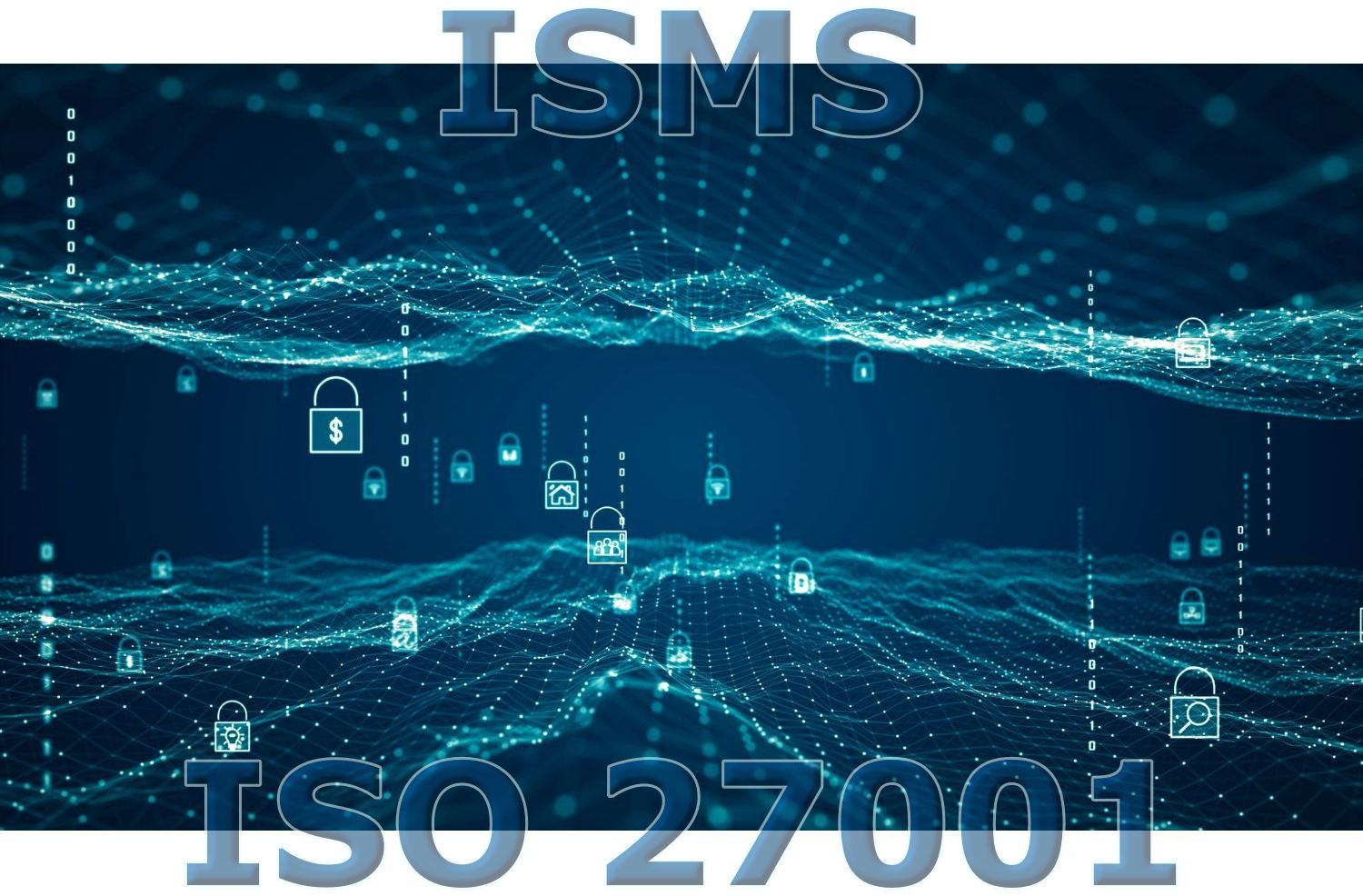Information security is a top management concern—and more urgent than ever. According to a study by the digital association Bitkom, four out of five companies were affected by data theft, espionage, or sabotage in 2024. The number of security incidents increased by 43 percent compared to the previous year. The Federal Office for Information Security (BSI) describes the situation as „tense“ and „worrying.“
For companies, this means: Trade secrets can be stolen, customer data manipulated, sales strategies spied on, or entire IT systems paralyzed. Often with drastic consequences – from reputational damage to a threat to their very existence. At the same time, an information security management system (ISMS) compliant with ISO 27001 offers enormous advantages: It creates clear responsibilities, standardizes processes, and ensures that all employees – from trainees to managers – know how to properly protect information. It’s not just an IT tool, but a strategic foundation for actively managing digital risks.
Why is this highly effective security tool still not used in many companies? The reason: Five major misconceptions prevent managers from taking the step toward implementing an ISMS according to ISO 27001.
Misconception 1: ISO 27001 only applies to IT companies, data centers, and software providers
Wrong. ISO 27001 is relevant for any company that processes business-critical information. This includes far more than just tech companies:
- A general practice manages highly sensitive health data. If this data is manipulated or stolen, it not only poses a risk of data breaches but also potentially leads to medical errors. ISO 27001 ensures controlled access, secure data transmission, and structured emergency procedures.
- An advertising agency often works with client access to web portals, login data, and campaign budgets. If these are compromised, the agency’s reputation can be quickly damaged—or the client lost.
- A software company that offers cloud services must ensure that source code and user data are protected – not only technically but also organizationally.
- An insurance distributor has access to confidential income, health, and contract data. The risks of data loss or manipulation are high – as are the regulatory requirements.
Ask yourself: What would happen if your information became unavailable overnight?
Misconception 2: ISO 27001 should be delegated to the IT department
Wrong. Information security begins with management and affects every department:
- The human resources department processes applicant data, salaries, warnings, and sick leave records. All of this information is sensitive and must not fall into the wrong hands.
- Management communicates about strategic decisions, investments, or acquisitions. If confidentiality is not maintained, massive economic damage may occur.
- Sales involves offers, customer databases, margins, and internal pricing strategies. If this information reaches the competition, it can lead to direct market disadvantages.
ISO 27001 requires a company-wide security awareness – this cannot be achieved through delegation, but only through responsibility at management level.
Misconception 3: ISO 27001 requires Fort Knox as a protection level
This is also wrong. The standard does not require maximum safety, but rather an appropriate level. Two examples:
- A small online advertising agency currently pursuing ISO 27001 certification identifies the biggest risks as unprotected access to client accounts, theft of design templates, and unencrypted communications. Simple measures follow: two-factor authentication for all accounts, a password policy, and awareness training for the team.
- A data center, on the other hand, operates critical infrastructure. Access controls, camera systems, backup strategies, and penetration tests must be regularly checked and documented. The standard requires significantly higher standards here—and rightly so.
ISO 27001 is therefore not a security corset, but a flexible set of rules that adapts to the respective risk situation.
Misconception 4: ISO 27001 is far too complex and time-consuming
Many companies shy away from the standard because they fear documentation requirements and checklists. What’s often overlooked is that no one has to adopt the complicated language of the standard or implement measures that aren’t appropriate for their own company.
Many consider the nearly 100 suggested measures (Annex A) to be overwhelming. However, these are not mandatory, but recommendations. Those who do not implement a measure only need to be able to justify their decision – for example, because the risk is not relevant. This provides breathing room and allows for a pragmatic approach. In practice, ISO 27001 even helps bring order to complex IT landscapes – and makes the actual vulnerabilities visible.
Misconception 5: ISO 27001 certification is a bureaucratic nightmare
Partly true – at least if you want to do everything yourself and manually. But modern AI tools reduce the documentation effort from several months to just a few hours. They analyze risks, create policies, formulate internal standards, and prepare training sessions. Even the creation of the so-called information security policy or scope of application is now automated. This leaves more time for what matters most: the concrete protective measures.
Conclusion: Why ISO 27001 is becoming increasingly important for companies
In the past, it was enough to keep firewalls and antivirus software up to date and respond to attacks. Today, attacks are often so sophisticated that they go undetected for months – until entire systems are compromised. Whereas in the past, you could rely on individual IT experts – today, information security is a concern for everyone: from reception to the executive floor. Every phishing email, every USB stick, every insecure cloud service can become a gateway.
ISO 27001 offers a structured, transparent approach to prevent precisely this: It identifies risks, creates accountability, and empowers everyone in the company to contribute to security. In a world where information is the most important asset, this standard is not a bureaucratic burden, but a strategic competitive advantage.
